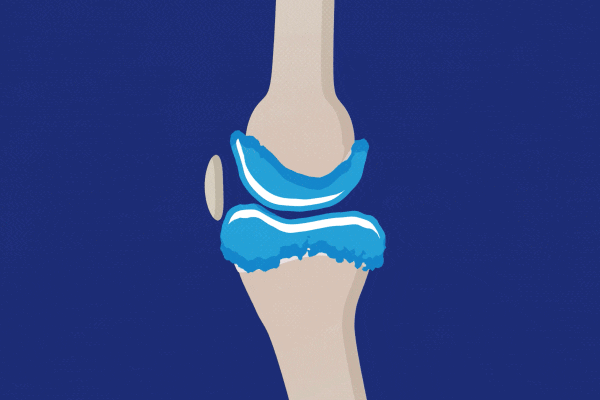The standard treatment protocol
The standard treatment protocol for the symptoms starts with non-pharmacological interventions beginning with patient education, exercise and weight loss. Pain and inflammation are treated with common painkillers (aspirin, paracetamol (acetaminophen) and Non-Steroidal Anti-Inflammatory Drugs (NSAIDS, such as diclofenac, ibuprofen and naproxen). A 2016 study published in the Lancet (da Costa et al.) concluded that paracetamol is ineffective. Those receiving poor relief or who cannot tolerate NSAIDs may be given opioids (codeine, etc.).
Serious safety issues
Whilst these products provide some temporary symptomatic relief, they do so with serious safety issues that are increasingly well recognised. The over-the-counter nature of some NSAIDs means that their use is poorly controlled and the risks of combining two or more NSAIDs are poorly understood by patients. This is despite the recognition of their potential to interact with anti-hypertension drugs such as diuretics and ACE inhibitors, negating their effect and their association with gastro-intestinal and cardio vascular problems, in particular. The use of NSAIDs even in low doses for short periods has been linked to serious cardio-vascular adverse events, and therefore their use is cautioned against in patients with histories of heart disease.
No significant advance in OA treatments In reality, there has been almost no significant advance in OA treatments since the development of ibuprofen and diclofenac in the 1970s, although the value of products with improved safety profiles was briefly shown by the initial growth of market for the putatively safer COX2 product to over £6bn between 1999 and 2004, before they too exhibited serious cardio-vascular side effects.
Overall, the patient population has been poorly served
As a result, there is a large population of patients for whom pharmaceutical treatments are ineffective, unsuitable or unattractive. These patients may resort to alternatives such as supplements (glucosamine and chondroitin), which still lack good clinical evidence, or invasive procedures such as the intra-articular injection of hyaluronic acid. Overall, the patient population is poorly served for the simple, convenient treatment of this chronic condition.
Black box warnings on current prescription products
Current prescription products (including topical NSAIDs) in the United States carry black box warnings highlighting the class risks associated with their use. Medical advice is typically to use the lowest dose for the shortest possible time, on the fewest possible joints.
Our solution: FlexiSEQ
Patients are now being helped by FlexiSEQ which offers a number of unique benefits to fill the unmet need for effective and safe treatment. FlexiSEQ is:
- Clinically proven at relieving joint pain and stiffness associated with osteoarthritis
- Safe; no systemic exposure, no contraindications, no known interactions with medicines
- Revolutionary approach using bio lubrication to target osteoarthritis directly rather than mask the pain
- Drug-free, so can be used in conjunction with medication and for long-term treatment
- Wider choice of marketing opportunities than its competitors as it is classed as a medical device
- Does not have the limitations of prescription products, so a more attractive option for long-term pain relief


